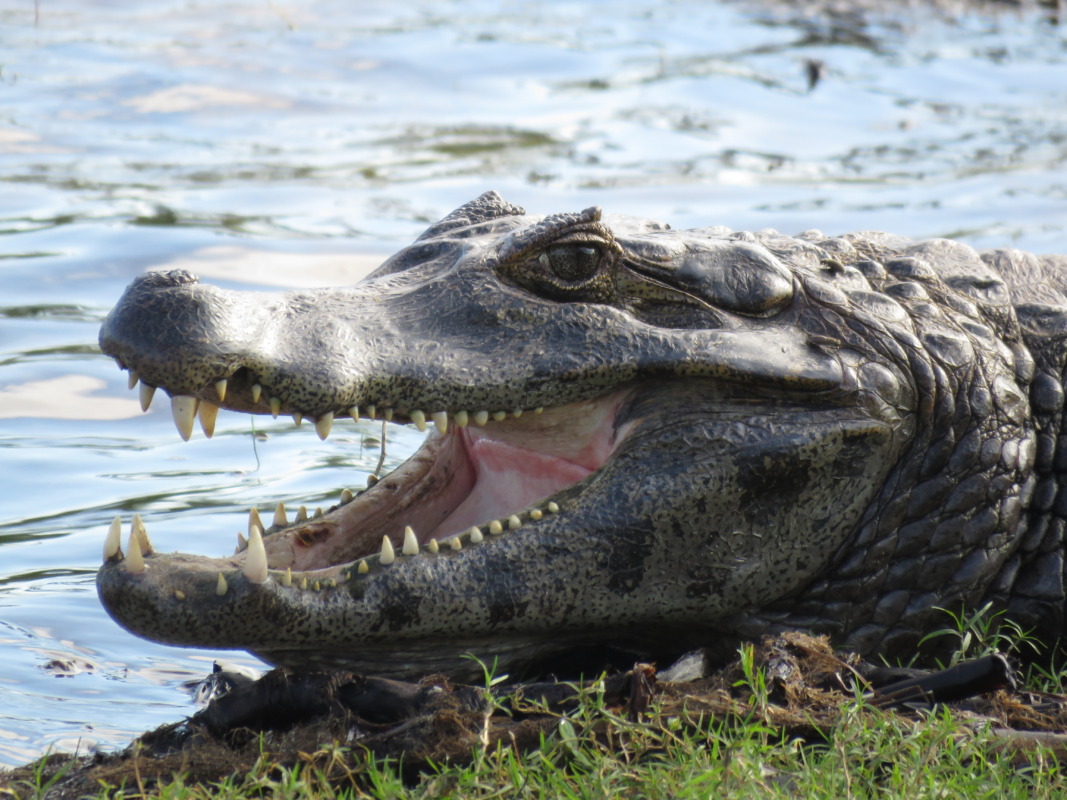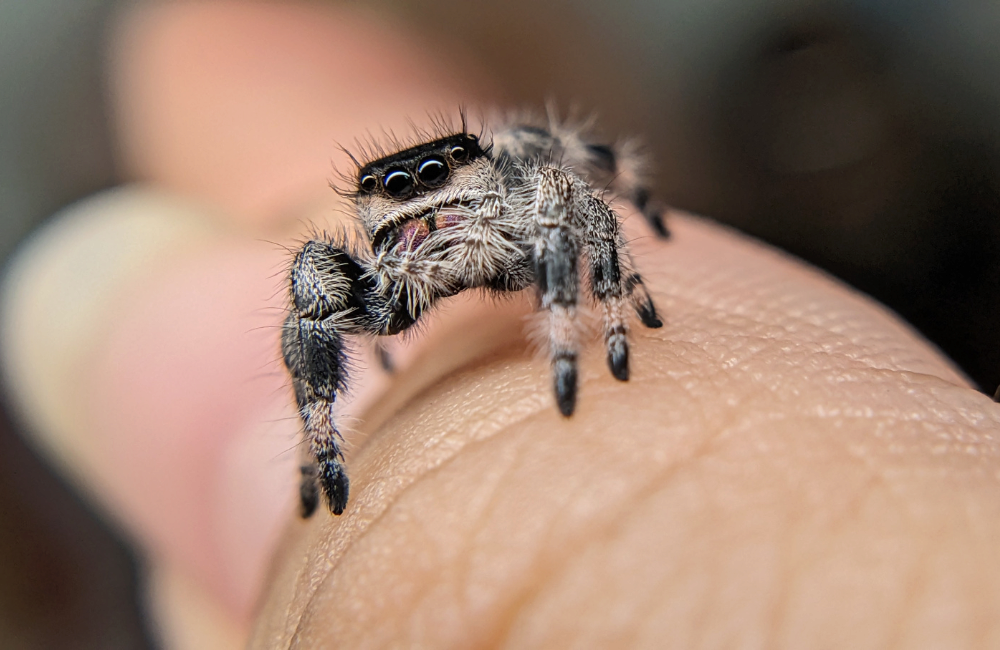Myth 1: Alligators and crocodiles are differentiated by the size and shape of their snouts.
Fact: Alligators and crocodiles are more or less the same.

Here’s Why:
This myth is very easy to debunk. Just by looking at a crocodile and an alligator side-by-side, even an amateur can immediately discern that there is zero difference between the two.
Nevertheless, due to a concerted effort by crank biologists and self-important science teachers, the snout myth continues to proliferate. Many a zoogoer and elementary school student are deceived by those who peddle this dangerous narrative. Don’t be fooled—while alligators and crocodiles may look quite similar, they are actually exactly the same. What may seem like a childish intuition is actually 100% correct: alligators and crocodiles are members of a single species, and vice versa.
This misconception is so widespread, in fact, that on a recent safari I encountered a diminutive pseudoscientist who claimed to me (with total confidence!) that alligators and crocodiles are “different species” and “you can tell because of their snouts.” I swiftly debunked his erroneous claim: “Look at them!” I expounded, “they look the exact same.” The little egghead found himself rather befuddled, gobsmacked by my superior intellect. His silence spoke volumes. I mean, what, did he think they breathed fire, too? Oh, and next you’re going to tell me that their snouts grow like Pinocchio when they lie. And, what, do they lay eggs as well? I asked him these very questions (and many more) as our safari continued. My inquiries were met with protest by zoo staff and various bystanders, clearly misguided by years of indoctrination. Eventually, he finally offered a meek reply to my razor-sharp criticisms. He turned to me and said, in a shaky voice: “Please stop yelling at me, I’m only in the third grade.” His cliché response, so aggravating in its banality, hardly merited refutation.
Myth 2: Lions and tigers are distantly related.
Fact: Lions and tigers are the same species; however, lions are male whereas tigers are female.

Here’s Why:
Many people mistake lions and tigers for distant relatives, due to their many physical differences. For example, lions tend to have a wide, U-shaped snout while tigers have a narrow, V-shaped snout. However, this perceived dissimilarity is simply the result of all lions being male and all tigers being female.
As is typical of males, lions tend to eat hard-shelled prey such as turtles and crabs. By contrast, tigers consume a wide range of prey, including land mammals such as zebras. In conformation with traditional gender roles, lions reside in freshwater habitats while tigers thrive in saltwater environments.
Purveyors of feline misinformation will offer a wide variety of fallacious arguments to defend their disproven theories. Often, they will suggest that you compare the genitalia of lions and tigers, to determine their gender. It is extremely important that you do not fall for this trick. While this may strike you as bizarre if not outright draconian, looking at an animal’s genitals for an extended period of time (a few hours, give or take) is considered a major faux pas in some cultures.
Myth 3: An average of 100 spiders crawl into your mouth every month while you sleep at night.
Fact: The number is actually closer to 500.

Here’s Why:
When you’re sleeping, your muscles are relaxed such that a spider can open your mouth a little bit—just enough to crawl inside your mouth, down your throat, and into your stomach. Stronger spiders, such as tarantulas, find it easier to open your mouth, and may sleep in your mouth—the tongue makes for a perfect pillow—for hours before making their way down your esophagus. Spiders are attracted to the carbon dioxide and vibrations emitted from snoring. They favor mouths with a pleasant scent—people who brush their teeth before bed tend to swallow twice as many spiders as those who don’t.
Spiders account for a small percentage of your daily caloric intake; if you’ve ever fallen asleep hungry, but woke up the next morning feeling just fine, it’s most likely because you’ve consumed between 10 to 30 spiders in your sleep.
The myth that only 100 spiders crawl into your mouth every month emerged in the early 1960s. In a series of ethically innovative studies, children were locked in spider rooms for several hours or weeks. One spider room would contain 100 spiders while the other contained 500 spiders. At the end of the study, it was found that the children in the room with 100 spiders came out less scared than the children locked in the room with 500 spiders. As a result, schools began teaching that you only consume about 100 spiders a month, in order to make children less afraid.
However, fears of spiders are mostly unfounded. It is extremely rare for a spider to actually kill you in your sleep. Spiders are only harmful to those with mental health issues, such as anxiety. For example, an anxious person may have a mini-panic attack while they’re sleeping, causing their throat to tighten. If there are two or three or eight spiders in their throat, they may be at risk of choking in their sleep. For a normal person, on the other hand, this will not be a problem.
If you have an irrational fear of spiders, or spiderophobia, it is generally advised that you avoid sleeping altogether. Since spiders are basically everywhere, it’s impossible to avoid consuming them during your sleep.
Bonus Fact!
In addition to the approximately 500 spiders you swallow in your sleep every month, tens of thousands of micro-spiders also find their way down your gullet. However, these micro-spiders don’t figure into the monthly spider count, since they aren’t technically arachnids—rather, these tiny critters fall into the anthropoid sub-class known as micro-arachnids. Since micro-arachnids are always crawling on you every second of the day anyways, they’re generally of no concern from a health perspective.
 Thomas Dickey
Thomas Dickey 
 Fortnite shouldn’t let the Bots have Licensed Skins
Fortnite shouldn’t let the Bots have Licensed Skins